I don’t pretend to be a military strategist, but I’ve figured out how to win the war in Afghanistan. OK, not on my own – The New York Times helped, with an article titled: We Have Met the Enemy and He Is PowerPoint:
Gen. Stanley A. McChrystal, the leader of American and NATO forces in Afghanistan, was shown a PowerPoint slide in Kabul last summer that was meant to portray the complexity of American military strategy, but looked more like a bowl of spaghetti.
“When we understand that slide, we’ll have won the war,” General McChrystal dryly remarked, one of his advisers recalled, as the room erupted in laughter.
Another choice quote:
“It’s dangerous because it can create the illusion of understanding and the illusion of control,” General McMaster said in a telephone interview afterward. “Some problems in the world are not bullet-izable.”
Wait, since when do Army Generals not like bullets? 🙂 But there’s more:
Last year when a military Web site, Company Command, asked an Army platoon leader in Iraq, Lt. Sam Nuxoll, how he spent most of his time, he responded, “Making PowerPoint slides.” When pressed, he said he was serious.
Platoon commanders spending most of their time fiddling with Powerpoint? And we wonder why …. (slapped my hand, scrapped the rest of my comment…)
So here’s my 3-step Military Strategy, bulletized (could fit one PPT slide!):
- Ban PowerPoint from the US Military
- Convince Microsoft to donate 10,000 copies of PowerPoint to the Taliban
- Go get them while they are busy PPT-ing 🙂
(Note: the above does not constitute a pro-war stance- I’m just having fun…)
Update: an old post of mine comes to mind:Romulan Attack Because of Microsoft Office
(Cross-posted @ CloudAve)

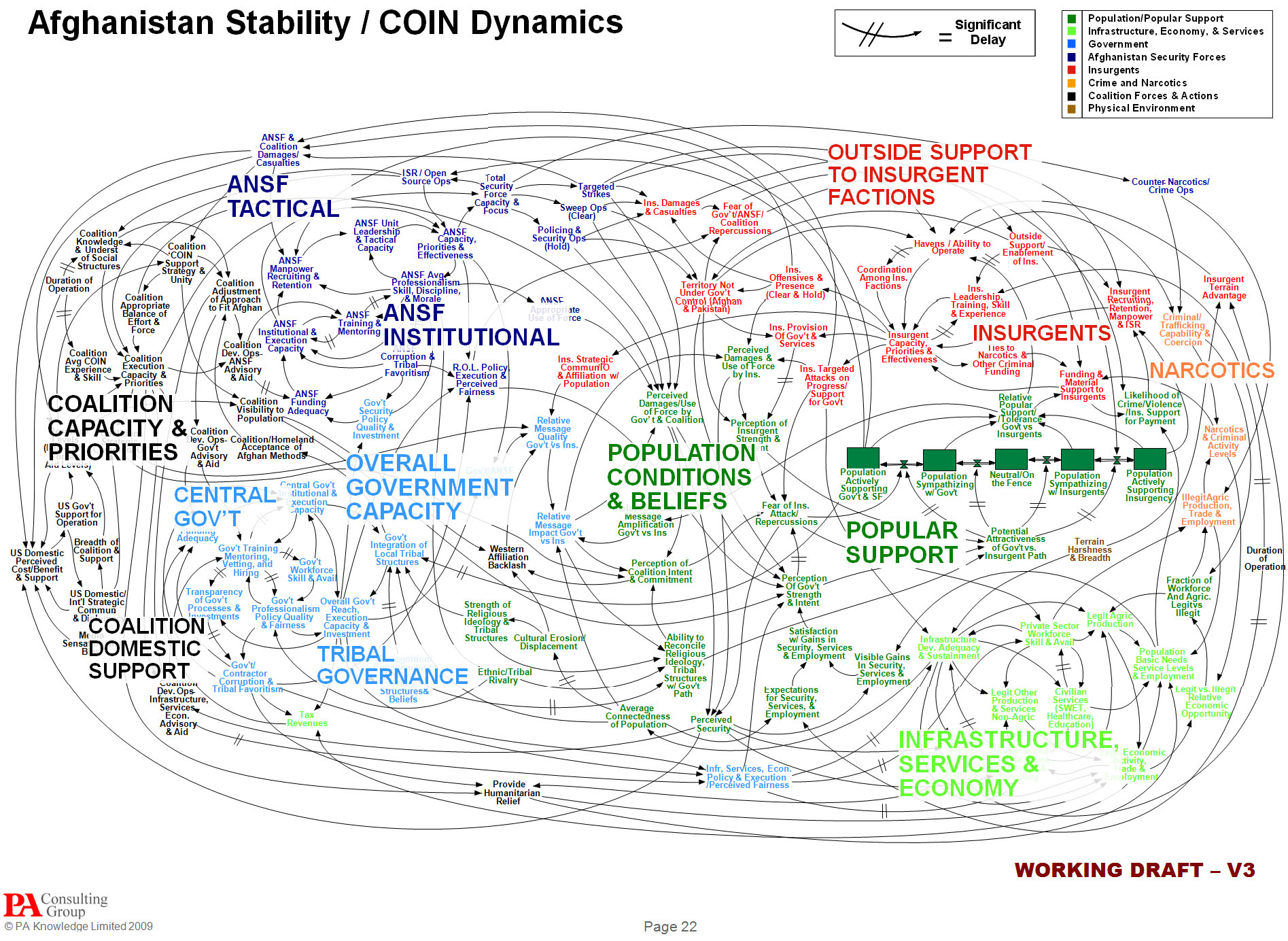

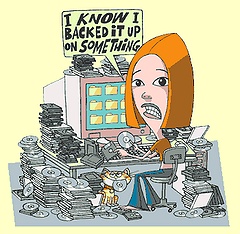 We can argue all we want about the benefits of SaaS, discuss hypothetical use cases at length, but the best showcases are served up by real life, often unexpectedly.
We can argue all we want about the benefits of SaaS, discuss hypothetical use cases at length, but the best showcases are served up by real life, often unexpectedly. 




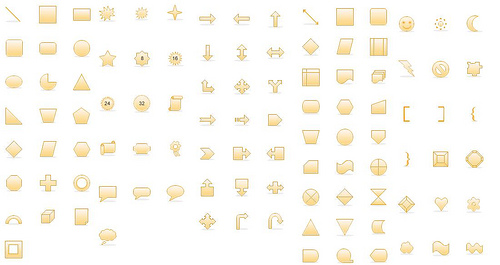
 I am an advisor to Zoho. Don’t just take my word – go and
I am an advisor to Zoho. Don’t just take my word – go and 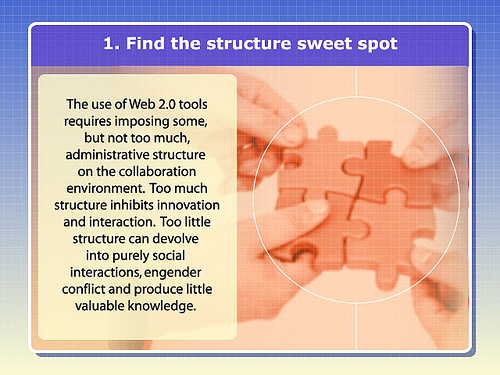
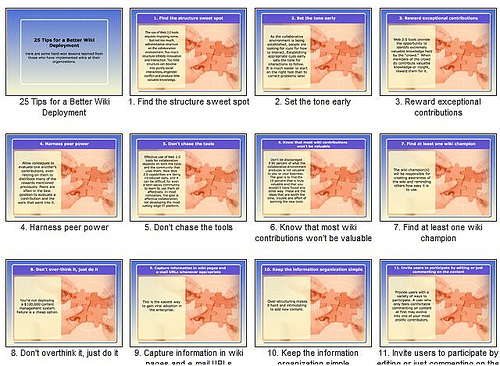
 If there’s one application where the benefits of collaborative creation, sharing, easy access from anywhere speak for themselves, that’s presentations. After all, we rarely create presentations to ourselves: it’s a one-to-many, or more typically few-to-many situation. But dealing with version
If there’s one application where the benefits of collaborative creation, sharing, easy access from anywhere speak for themselves, that’s presentations. After all, we rarely create presentations to ourselves: it’s a one-to-many, or more typically few-to-many situation. But dealing with version 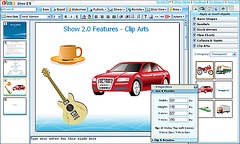 number 115 of the Sales Presentation, just figuring out which one is current, let alone contributing to it while someone else might be working on a different version is a nightmare – and when you’re ready to present, you’re still prone to
number 115 of the Sales Presentation, just figuring out which one is current, let alone contributing to it while someone else might be working on a different version is a nightmare – and when you’re ready to present, you’re still prone to 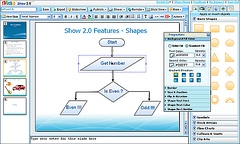 Zoho’s import facility is now significantly improved. I’ve tested it by importing several PPT decks that had suffered some deterioration in Show 1.0 – they come out perfectly in 2.0.
Zoho’s import facility is now significantly improved. I’ve tested it by importing several PPT decks that had suffered some deterioration in Show 1.0 – they come out perfectly in 2.0.

Recent Comments